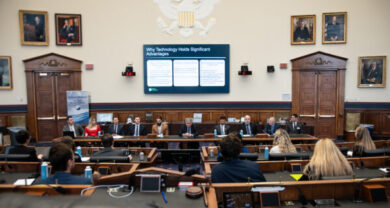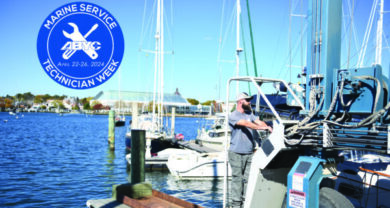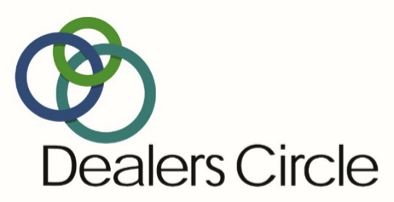Ask the expert: Dealer certification
“As a dealership that invested in the MIC program, I question the value of paying to become certified under yet another dealer certification program. What will the Grow Boating Initiative’s dealership certification program do for me that I haven’t already accomplished through MIC?” J.C. and Barbara Nuss, owners, Lakeside Marine, Harrisburg, Pa.
Optimism is something we’d all like to have, especially when it comes to Grow Boating.
Who wouldn’t want a couple of new customers in their store, a few more dollars in their pocket and a little reassurance about the future of their business? But it’s difficult to take a leap of faith when you’ve invested your hard-earned money in the past for naught.
Such was the case for those who participated in Marine Industry Certification (MIC), launched in 2000 as a way to raise the bar by providing training for the entire industry. Fewer than expected took advantage of it. As one National Marine Manufacturers Association executive said in 2002, “One of the things we’re finding in any education or training program we offer is that the industry doesn’t recognize the need for it.”
Without industry-wide support, the program ended up being little more than “a pin and a plaque,” according to Larry Russo of Russo Marine, who also participated in MIC. Those dealers who invested in the program received little — if any — return.
Grow Boating — and Dealer Certification — is much the opposite. It has received tons of support, from one end of the industry to the other. Of course, support is great, but when it comes to making business decisions, it needs to translate into dollars and cents.
That’s the good news about Dealer Certification.
Boat builders are increasingly stepping up to the plate to help dealers pay the cost to become certified — as much as 50 percent of the $2,495 dealers will pay if they sign up in 2006 (the price for the program goes up to almost $4,000 for dealers who wait until 2007). Some boat builders are even changing their policies to reimburse certified dealers for work completed on boats under warranty as much as 110 percent.
And at least one regional association has agreed to pay a percentage of the cost as well. In the end, the investment for many dealers will be pretty minimal.
Also, by selling just one more boat as a result of improvements made during the certification process, those dealers will have covered the costs. And the process, which is much more intensive than that under MIC, will probably produce improvement for most dealers.
In addition to the cost benefits, perhaps the greatest advantage of the program, the dealership’s entire workforce participates in mapping each process involved in sales, service, parts and customer follow-up.
“The process allows the dealer to track and trend best practices and it helps to improve morale, efficiency and productivity,” Russo explains. “There is also a comprehensive employee survey component to draw important internal feedback from within the organization. And finally, there is an additional requirement to improve facility presentation, if necessary.”
In embracing anything new, there is risk. And when we look back on this moment in our industry’s history, there are two possible outcomes. We may hold up those dealers who became certified in the Grow Boating program’s first year as true leaders who demonstrated to their peers the kind of returns that can be delivered when a business embraces change. Or we may see their optimism as sadly misguided.
Personally, I hope it’s the former. There’s nothing I’d like to see more than a vibrant, growing industry led by dealers who, with a small leap of faith, a little money and some hard work, saw big returns.
For further information on the progress of the dealer certification program and a look inside the “workshop” component, please see “Certifiable,” beginning on page 6.




